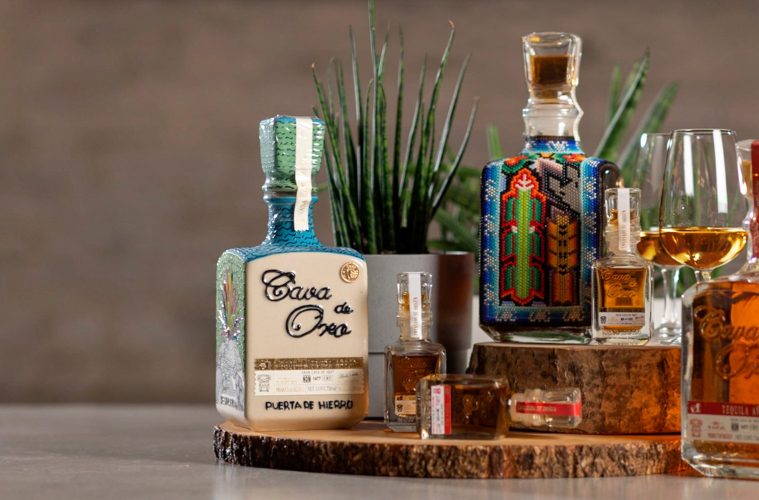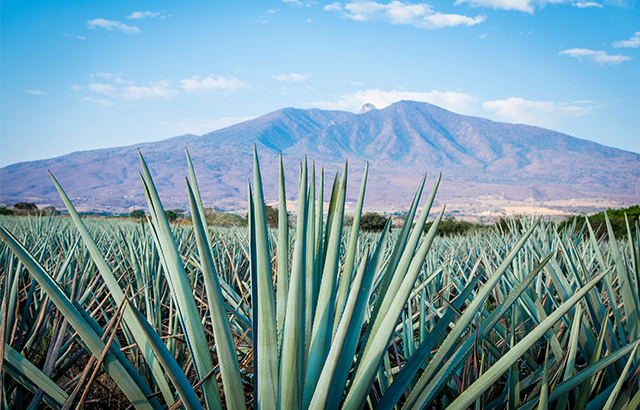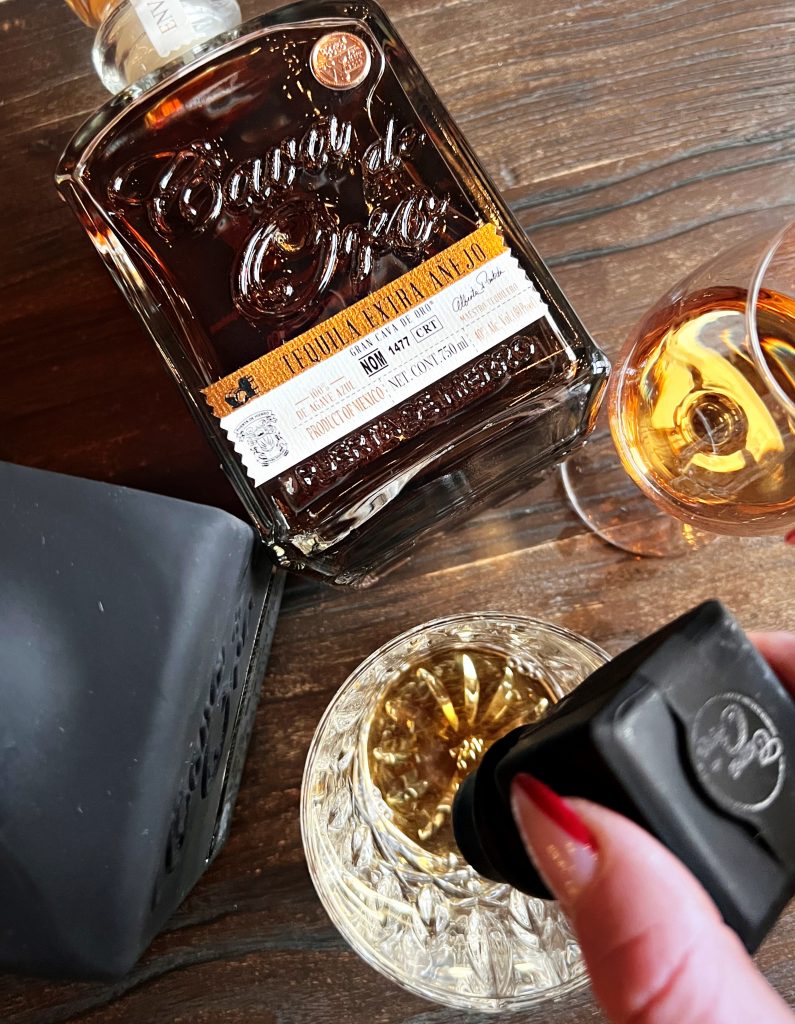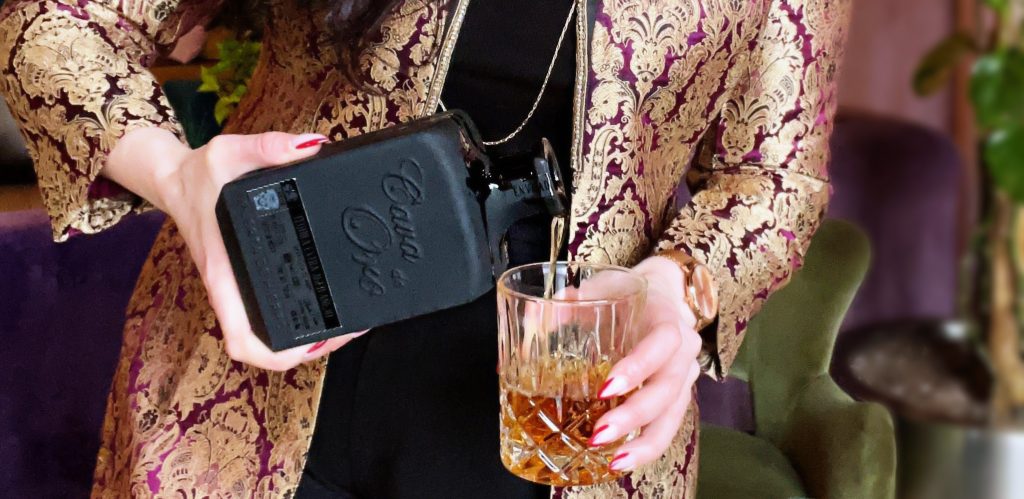Terroir, intention, traditions, technique and 100% Blue Agave.
I bet you thought, wine, there for a second. But it is not surprising to think that other libations can have just as much terroir, intention, traditions, and technique as wine does – Tequila is undoubtedly one of them!
All About That Blue Agave
Made in Mexico, what makes a great Tequila amounts to a couple of crucial factors. Just like a fine wine, where great winemaking starts in the vineyard. Premium Tequila productions beginning with the cultivation of the Blue Agave plant. Blue Agave or Agave Azul may only be one species of the agave plant, but it stands out for the slight blue hue of its green foliage. The plant produces a nectar that is 1.5 times sweeter than sugar and has a significantly lower glycemic index, making it the perfect expressor of terroir around Tequila production, with the power to create a variety of flavours. Of the 125 species grown in Mexico, only Blue Agave is used for Tequila.
You might have heard the phrase all Tequilas are Mezcals, but not all Mezcals are Tequilas before. Tequila can only be made in five states in Mexico – Jalisco, Guanajuato, Tamaulipas, Michoacan and Nayarit. All of which mainly surround the town of Tequila. The most well-known region for Tequila production is Jalisco, and the terroir or the area also plays a role. In Jalisco, the valley lowlands have less diurnal shift (temperature change from day to night), and more volcanic soils impart a spiced quality to the agave plants grown there. There is a greater diurnal shift in the highlands and red clay soils that bring more floral and mineral qualities to the final drink.
Unlike other full ABV productions, like wine or even spirits like Whiskey and Sake, a significant part of the Tequila process happens during cultivation. Depending on where the plant is grown, a ripe Blue Agave can take between 6 and 12 years to mature. That is a heck of a time to wait for Tequila, but luckily there are roughly 500 million Blue Agave plants growing in Jalisco at this very moment. And Premium Tequila production needs every drop, as the best Tequilas are made from solely 100% Blue Agave.
Seriously you can see it listed on the bottle. Lower-end tequilas, called mixtos, typically contain only 51%, and this is all certified with a NOM (Norma Oficial Mexicana) number, but we get into that more in a minute.

Society of Wine Educators, published in 2015
Perfected Over Centuries
From the agave fields to the final drink, quite a few steps are involved in the whole Tequila-making process. The first versions of Tequila date back centuries, to 250/300 AD when the Aztecs created pulque. An alcoholic drink made from the sweet nectar of the agave plant used for ceremonies, but it is uncertain if they also used only Blue Agave. Modern-day Tequila production came along with the arrival of the Spanish conquistadors. Bringing the knowledge of brandy production with them, transforming the way we experience agave as a drink today. Once the Blue Agave is ripe, Jimadors harvest the plant and use a curved tool called the Coa to remove the Blue Agave’s leaves and only keep the heart of the plant, known as the piña.
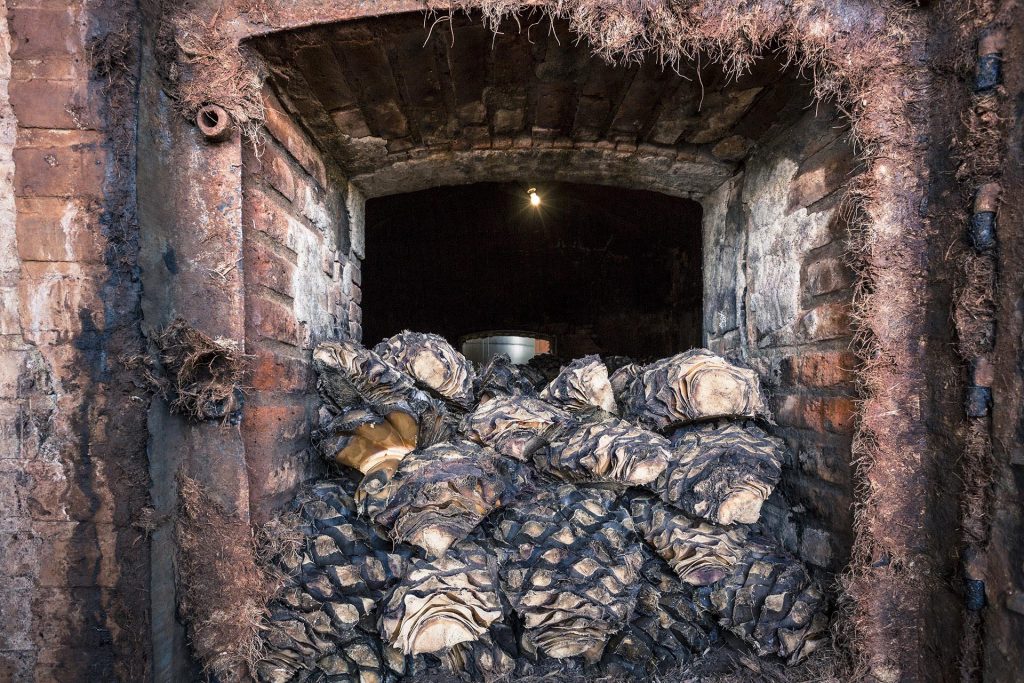
Photo By: Wine Enthusiast Magazine
The Jimadors continue to chop the piña into manageable portions. After all, these agave hearts can weigh around 30kgs. Sliced into halves and quarters, the piñas are then loaded into a traditional oven called a Hornos for a day or two to bake or placed in a steam oven called an Autoclave. The autoclave is a more modern tool that only takes 7 hours to ready the piñas. However, the best Premium producers of Tequila still use Hornos to roast their picked piñas. The roasting process converts the starches in the plant to sugars, readying them for fermentation.
Distilled, Aged and Ready to be Sipped
Now we get into the real meat and potatoes of making Tequila. After cooking, the piñas are shredded and pressed to release the aguamiel or ‘honey water’, which gets fermented. Fermentation happens in wooden or stainless-steel vats for only a max of 96 hours, much faster than wine. Fermented to around 6% ABV, the process is not done yet. It’s distilling time! Using a combination of pot and column stills, the distillation process is the final stage of making the starting levels of Tequila. This whole process is often done under the careful watch of a Master Tequilero distiller. They carefully monitor the distillation process waiting for the perfect moment where they see a balance in the drink to finally call an end to this production stage. The Tequila that results at the end of this stage is high in alcohol and is a basic Tequila Blanco or Plata.
Blanco and Plata Tequilas are only the first stages of this next level of Tequila making. From Reposados to Añejos and up, these Tequilas get their qualities from being aged. Rested in oak barrels, Reposados are only aged to a max of 12 months, and like Blancos or Platas, productions can be used in cocktails. However, top tire Reposados kick off the ageing requirements for sipping Tequilas. Añejos are aged between 1 and 3 years. Extra Añejos are aged 3 years and beyond. These two Tequila production levels are complex and genuinely meant to be sipped. On every Tequila bottle, there are clues to see what level of production the Tequila you are sipping on is at and the NOM number or the distiller. 100% Blue Agave productions will be listed there too, so it is easy to see if you are pouring yourself a taste of the good stuff.
Cava de Oro Is Creating Gold From Blue Agave
Today it is truly an art to make great Tequila, and it shows in the glass. Cava de Oro embodies this fact, making blue gold with every Tequila they produce. Cava de Oro has always created Tequilas that bring quality and intention into every sip from their beginnings. From the town of Arenal, in the Valley of Tequila, Cava de Oro is run by the Partida family. Their history of Tequila making goes back over 6 generations, and all of their premium Tequilas are made from 100% estate-grown Blue Agave, made under the care of Master Tequilero and distiller Alberto Partida. With Cava de Oro, you can really experience the sense of terroir and craftsmanship. Right down to the last sip waiting for you in the bottle cap.
Creating Tequilas with a mix of high and lowland Blue Agave, followed by aging in French oak barrels, the Tequilas by Cava de Oro have aromas and flavours that seem grounded in the same descriptors one would use for describing wines. They are floral, with bold fruit characteristics and an incredibly memorable, with an overwhelmingly persistent finish. The Partida family is one of the oldest and largest agave growers in the Tequila region. They traditionally make their Tequilas roasting their piñas slowly in Hornos ovens.
No Ice, No Shots. Just Swirl, Sip and Savour
Their Extra Añejo is matured in French white oak barrels for 5 years. In the glass, the Extra Añejo brings aromas of sweet vanilla, toasted pineapple, caramel, BBQed grapefruit, nutmeg, cinnamon and a toasted quality. Take a sip, and you will find a rich but spice-leaning finish that is very persistent.
Cava de Oro’s Extra Aged Añejo Black Bottle is aged 24 months, in French barrels previously used for red wine productions, with an additional 3 months of ageing in new barrels. The Tequila is genuinely a step up with aromas of sherry, fresh cherry, white cranberry, floral notes, sandalwood, and manuka honey. The palate is rich and powerful, with an extensive finish. No ice needed. These are not Tequilas for shooting. They are simply meant to be enjoyed slowly, just like a fine wine.
Rich and sultry, if you are craving a glass of these fine Tequilas, reach out to Con-nois-seur Wine Imports Inc to add Cava de Oro to your home bar.
By Sommelier and the woman behind @wine.by.renee Renée Sferrazza


